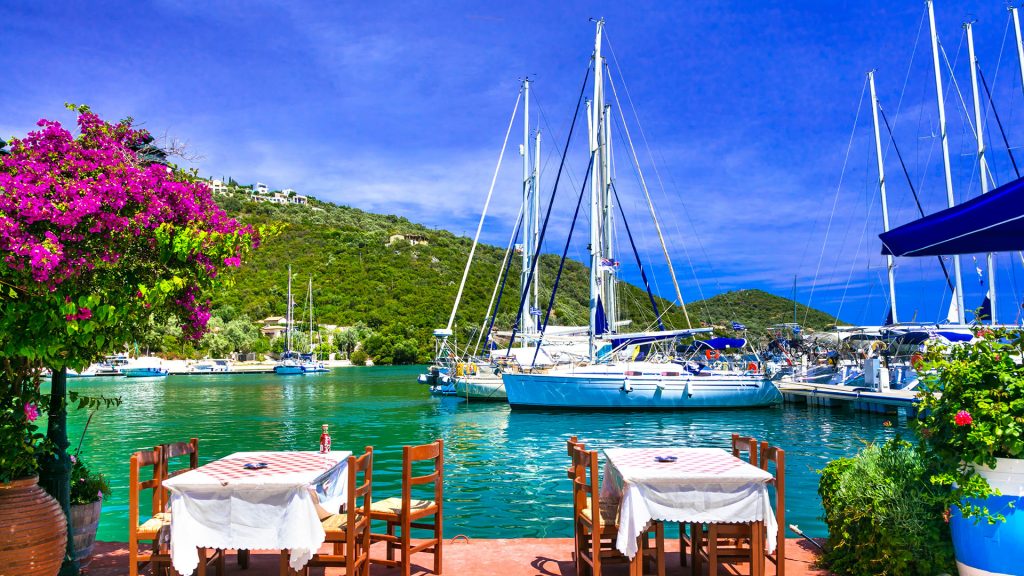When chartering a yacht and organizing a sailing trip, involves several key steps to ensure a safe and enjoyable experience. Here’s a basic guide to help you plan a sailing adventure:
- Define the Purpose and Goals:
- Determine the purpose of the trip: Is it a leisurely cruise, a team-building event, or a learning experience for beginners?
- Establish goals, such as reaching a specific destination, learning sailing skills, or simply swimming and enjoying time on the water.
- Select a Destination:
- Choose a sailing destination based on the experience level of the participants and the duration of the trip.
- Consider factors such as weather conditions, navigation challenges, and points of interest.
- Especially in high season period have in mind that a bay or a port you wish to go, might it be crowded. As a result you might not find a spot for birthing.

- Choose the Type of Boat:
- Decide on the type and size of the boat you want to charter, based on the number of participants and their sailing experience.
- Options range from 37 to larger 50 footers sailing yachts. A crucial factor is the area and nearby ports, a 50 feet sailing boat might give you a hard time in a small bay or port.
- Create a Budget:
- Determine the budget for the trip, including boat rental fees, fuel, food, and any additional activities or equipment (SUP, snorkelling, bicycles, etc.).
- Book a Charter or Rental:
- Research and contact reliable charter companies or boat rental services in the chosen location. Do not ignore small charter companies that will give you better value and satisfy your needs. A boat owner will look after you better than an employee of a big charter company.
- Reserve the boat well in advance, especially during peak seasons.
- Plan the Itinerary:
- Create a rough itinerary outlining the daily activities, sailing routes, and potential stops along the way.
- Always have a plan B for unexpected changes in weather or other conditions.
- Check Regulations and Permits:
- Ensure you are aware of and comply with local maritime regulations and obtain any necessary permits.
- Safety Precautions:
- Conduct a safety briefing before setting sail, covering basic emergency procedures, safety equipment locations, and rules on board.
- Ensure that all participants are familiar with life jackets, first aid kits, and other safety gear.
- Provisioning:
- Plan and purchase provisions for the trip, including food, water, and any other essentials.
- Consider dietary preferences and restrictions of the participants.
- Weather Monitoring:
- Keep an eye on weather forecasts leading up to the trip and during the journey (windy, accuweather, weatherandradar)
- Be prepared to alter plans based on weather conditions for the safety of everyone on board.
- Communication Plan:
- Establish a communication plan, including emergency contact information and a schedule for checking in with someone on land.
- Navigation and Charts:
- Familiarize yourself with the navigation charts of the area and plan the route accordingly.
- Ensure that the boat is equipped with navigational tools, such as GPS and charts.
- Training for Participants:
- Provide basic sailing instructions for participants, especially if some are inexperienced.
- Discuss roles and responsibilities on the boat.
- Enjoy the Journey:
- Be careful in the check in process. Ask if something is not clear.
- Ask for an emergency phone, you’ll be on a boat, many things can happen (engine failure, batteries, anchor, etc.)
- Ask for the name and phone of the man who will guide you for berthing in the next island, or the owner for the tavern in order to reserve a table.
- Finally, set sail and enjoy the journey! Be open to new experiences and make the most of the adventure.
Remember that safety is the top priority, so always prioritize the well-being of everyone on board. Additionally, consider hiring a professional skipper if the participants are not experienced sailors.
